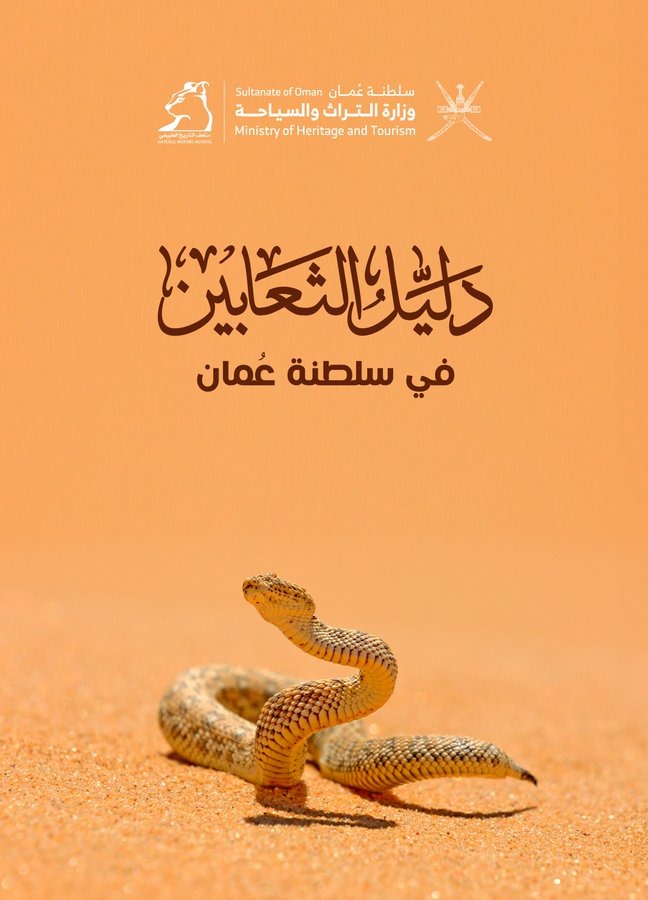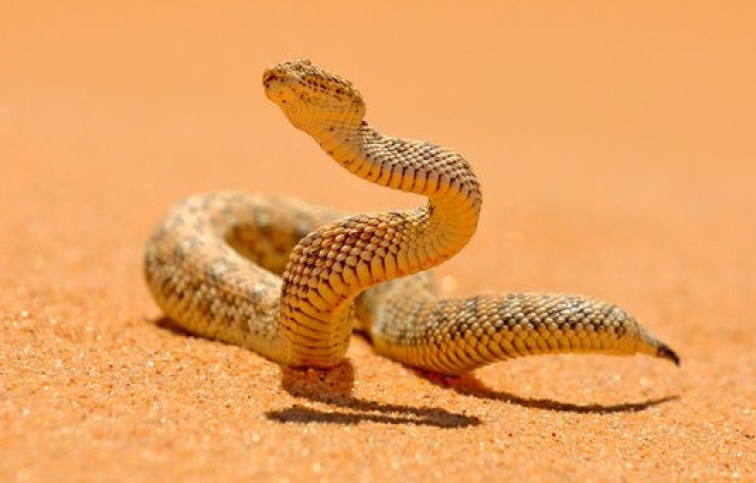MUSCAT : This illustrated guide raises awareness of Oman’s snake species, including venomous, mildly toxic, and harmless varieties.
Prepared by Hanan bint Mansour Al Nabhani, Head of the Collections Management Department at the Natural History Museum, the guide details the characteristics and distribution of all Omani snake types, which expert herpetologists have reviewed for accuracy.
The guide emphasizes that marine snakes and nine land snake species pose the greatest risk in Oman. Thankfully, many snake species have limited distribution, meaning not all areas harbor every type. For instance, the black desert cobra is absent from northern Oman, while the horned viper prefers sandy regions.
Most snakes avoid humans and only bite when disturbed, states Al Nabhani. These bites typically lack venom injection, and even if venom is introduced, it rarely causes serious harm.
The guide clarifies the difference between snakes and vipers, offers Arabic names for Oman’s snake species, and provides first-aid procedures for snake bites. Importantly, it includes prevention and avoidance methods to minimize human-snake encounters.
The bilingual guide (Arabic and English) is available from the Ministry of Heritage and Tourism.

For all the latest news from Oman and GCC, follow us on Twitter, Instagram and LinkedIn, like us on Facebook and subscribe to our YouTube page, which is updated daily.
Read More
- Oman, Pakistan Foreign Ministers hold talks on regional developments
- Over 1.5 tonnes of precious metals verified as Oman tightens market oversight
- Oman Investment Authority unveils 14 major projects worth RO 450 million, creating 1,350 jobs across Oman
- Oman leaps ahead in global digital economy ranking with gains across key sectors
- Oman keeps inflation among the world’s lowest, GDP rises 3.4%







